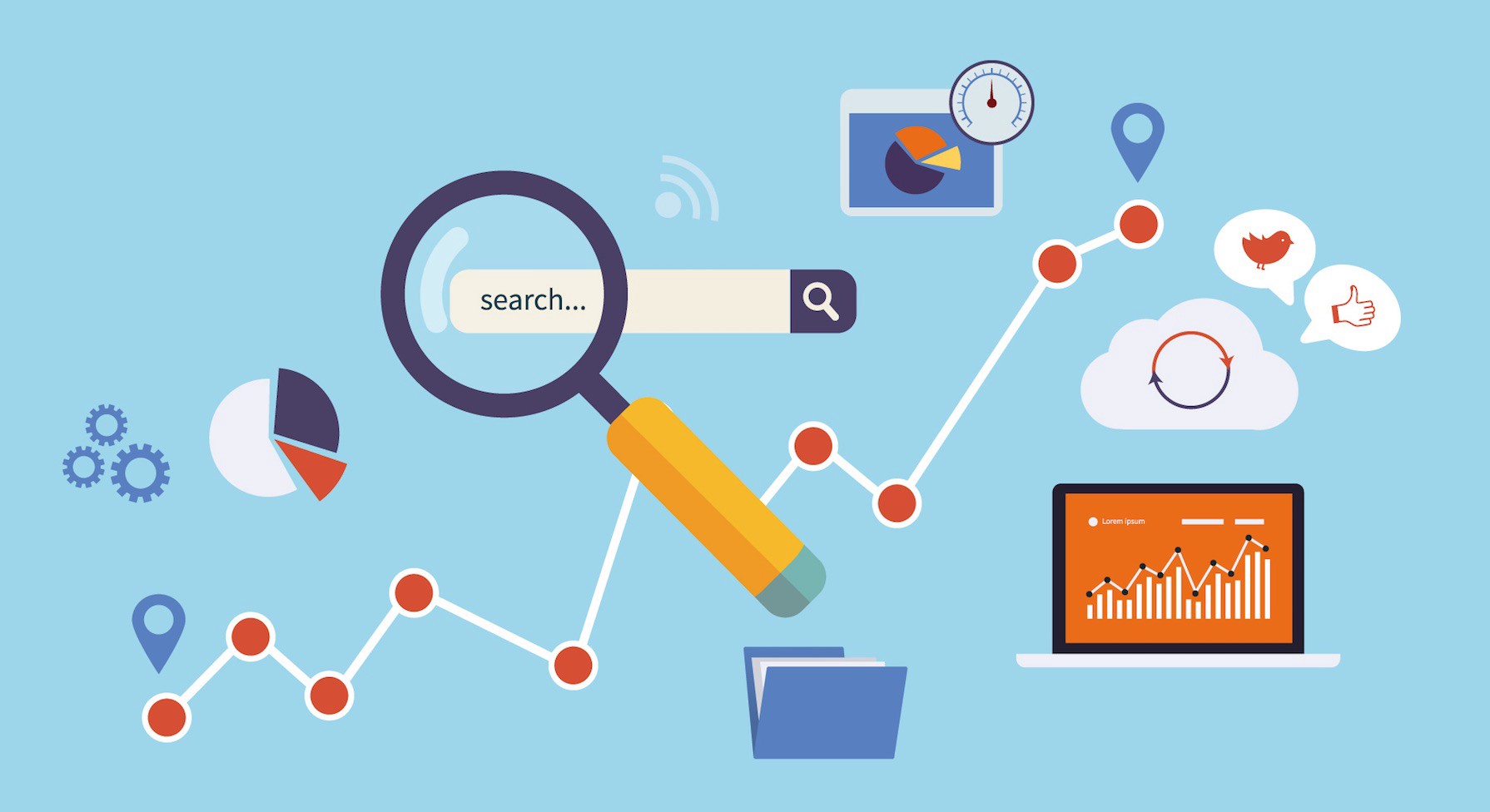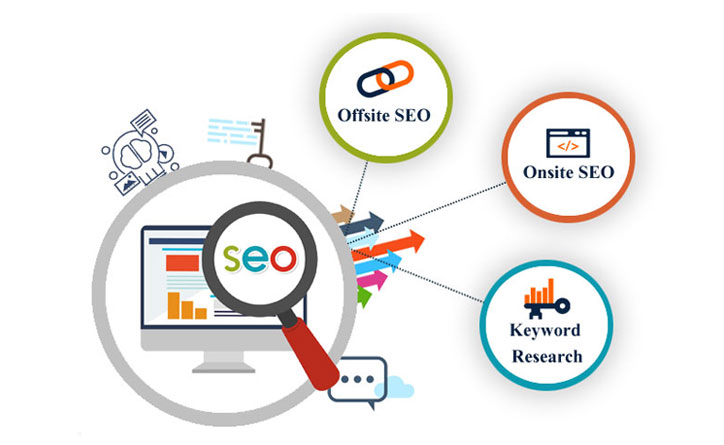What are the top 10 advancements in the field of edge computing and its impact on data processing and real-time analytics?
1. Increased processing power at the network edge: Edge computing has enabled the deployment of powerful computing resources at the network edge, allowing for faster data processing and reduced latency.
2. Edge AI: Edge computing has facilitated the integration of artificial intelligence (AI) and machine learning (ML) algorithms at the edge devices, enabling real-time decision-making and analysis without relying on cloud connectivity.
3. Edge analytics: Data analytics capabilities at the edge have improved significantly, enabling real-time processing and analysis of streaming data locally, without the need for sending it to the cloud.
4. Reduced network traffic: By processing data locally at the edge, organizations can significantly reduce the amount of data sent over the network, thus optimizing network bandwidth and reducing costs.
5. Improved security and privacy: Edge computing allows for data processing closer to its source, reducing the risk of data breaches and ensuring better data privacy and compliance with regulations.
6. Edge-to-edge collaboration: With advancements in edge computing, multiple edge devices can collaborate and share data locally, enabling efficient distributed processing and analytics without relying solely on the cloud.
7. Edge-native applications: Developers can now build applications specifically designed for edge devices, taking advantage of their specific computing capabilities and tailoring solutions to meet specific requirements.
8. Real-time insights and decision-making: Edge computing enables fast data processing and analysis, allowing organizations to gain real-time insights and make informed decisions on the spot.
9. Improved scalability: Edge computing allows for the scaling of processing power and storage capacity at the edge, providing organizations with the flexibility to handle increasing data volumes without overburdening the network or relying solely on centralized servers.
10. Industrial IoT (IIoT) and edge computing integration: Edge computing plays a vital role in enabling IIoT applications by processing and analyzing data generated by IoT devices in real-time, leading to improved operational efficiency, predictive maintenance, and enhanced automation in industries such as manufacturing, energy, and transportation.






